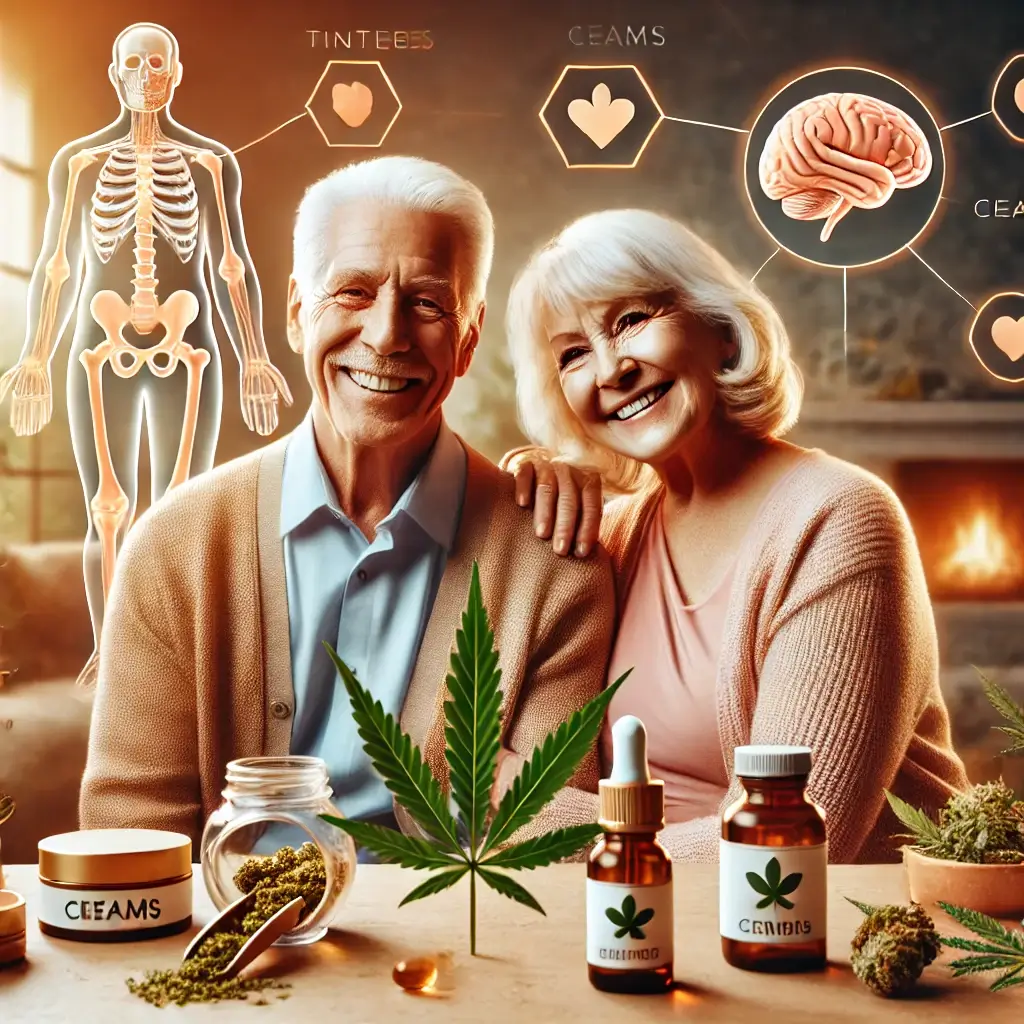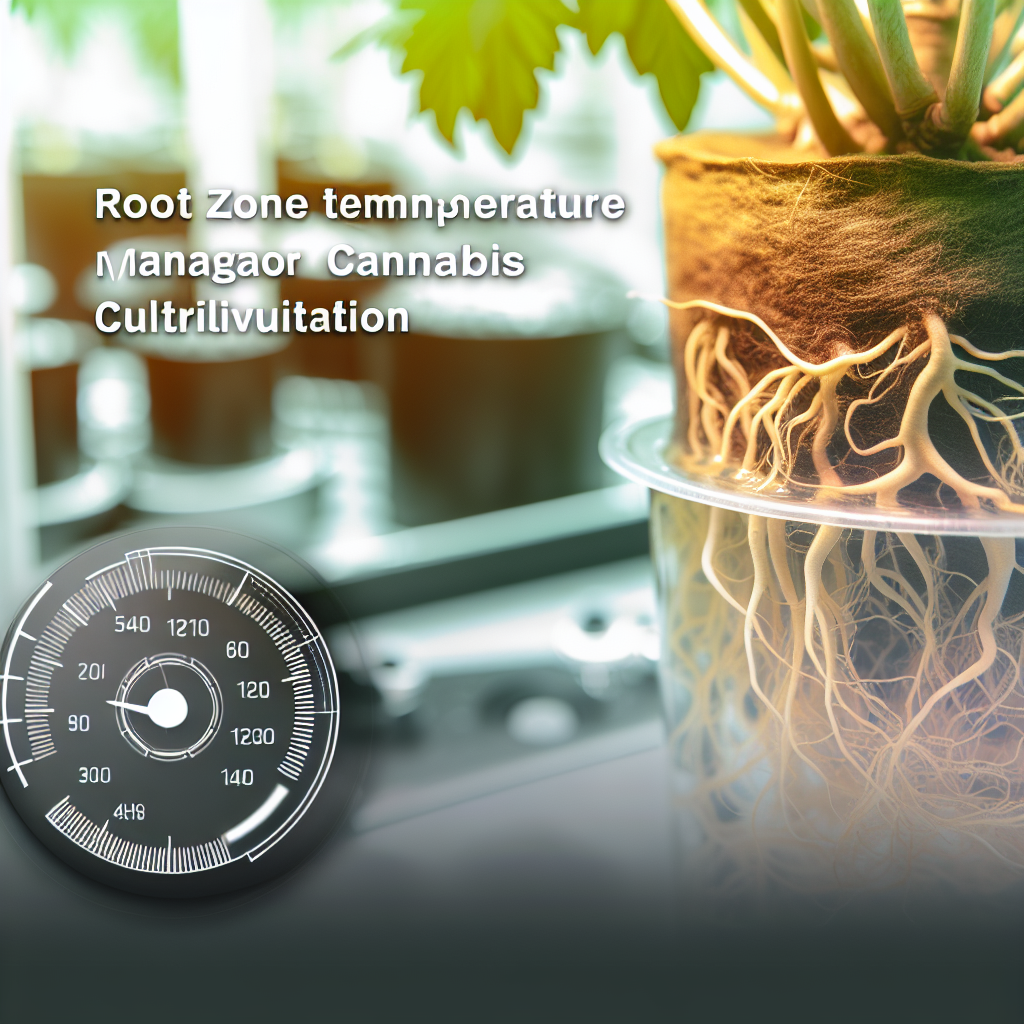Understanding Age-Related Health Challenges and Cannabis Solutions
Aging brings its own set of challenges, from chronic pain and arthritis to sleep disturbances and neurodegenerative conditions like Alzheimer’s and Parkinson’s. While traditional medicine has provided relief for many seniors, it often comes with limitations such as side effects, drug dependency, and diminishing efficacy over time. Medical cannabis has emerged as a groundbreaking alternative, offering a holistic approach to managing these conditions. However, the effectiveness of cannabis for seniors isn’t solely dependent on the product itself—it’s equally influenced by the delivery method.
The Importance of Delivery Methods for Senior Cannabis Use
For seniors, the choice of cannabis delivery method plays a crucial role in ensuring safety, efficacy, and patient satisfaction. Physiological changes associated with aging, such as slower metabolism and increased medication sensitivity, necessitate a thoughtful approach to administration. Whether through oral ingestion, inhalation, or topical application, each method offers unique benefits tailored to different health needs.
Optimizing Cannabis Delivery for Senior Patients
This article provides an in-depth look at how delivery methods can be optimized for senior patients, supported by current research and clinical recommendations. By understanding the advantages and limitations of each method, seniors, caregivers, and healthcare providers can make informed decisions to enhance quality of life.
Latest Research on Cannabis Delivery Methods for Seniors
Research on cannabis delivery methods has advanced significantly, shedding light on their impact on absorption, safety, and therapeutic outcomes. Oral administration for chronic conditions, including capsules, tinctures, and edibles, is widely regarded as one of the most senior-friendly options. Its key benefits include extended duration of effects and ease of use, making it ideal for managing chronic conditions like pain or insomnia. However, delayed onset—ranging from 30 minutes to two hours—requires careful timing to ensure symptom relief aligns with patient needs. A 2022 study in The Journal of Cannabis Research found that seniors using low-dose oral CBD for chronic pain management experienced a 65% improvement with minimal side effects.
Inhalation and Topical Applications for Senior Care
Inhalation methods offer rapid relief, often within minutes, making them suitable for acute symptoms such as sudden pain flare-ups or nausea. Vaping is considered a safer alternative to smoking, reducing the risks associated with combustion. However, inhalation poses challenges for seniors with pre-existing respiratory conditions. Recent research published in Cannabis and Cannabinoid Research emphasizes the importance of precise dosing when using inhalation to prevent overconsumption and adverse effects, particularly for THC-dominant products.
Benefits of Topical Cannabis Applications
Topical applications, including creams, balms, and patches, provide localized relief for arthritis and neuropathy. Unlike other methods, topicals do not enter the bloodstream, making them an excellent choice for seniors looking to avoid systemic effects. A 2021 study in The Gerontologist highlighted that 78% of seniors using CBD-infused topicals for joint pain reported significant improvement without experiencing psychoactive effects.
Emerging Trends in Cannabis Research and Legislation
Emerging trends in cannabis research focus on combination therapies for maximum therapeutic benefits. For example, pairing a topical application for localized pain with an oral tincture for systemic relief can provide comprehensive symptom management. These personalized approaches are gaining traction as more healthcare providers adopt cannabis as part of their treatment plans.
Recent Legislative Changes and Senior Access
Legislative changes are also making cannabis more accessible to seniors. In 2024, the U.S. government’s rescheduling of cannabis led to increased funding for geriatric cannabis research and expanded dispensary access. These dispensaries are now offering senior-focused products, such as low-dose edibles and non-intoxicating topicals, alongside educational resources to help older adults make informed decisions.
Implementing Cannabis in Senior Care: Key Recommendations
Consult Healthcare Professionals: Discuss cannabis use with a doctor to ensure compatibility with existing medications and health conditions. Start with Low Doses: Seniors should begin with low doses, especially for oral and inhalation methods, to minimize potential side effects. Prioritize CBD-Dominant Products: CBD offers therapeutic benefits without the psychoactive effects of THC, making it a preferred option for many seniors. Explore Topical Applications: For localized pain, topicals provide targeted relief without systemic absorption. Educate and Monitor: Regularly track symptoms, side effects, and overall response to cannabis, adjusting the method or dosage as needed.
The Future of Senior Cannabis Care
Medical cannabis is revolutionizing how seniors manage age-related health challenges, offering a safer, more natural alternative to traditional treatments. By understanding and optimizing delivery methods, seniors can unlock the full potential of cannabis therapy, improving their quality of life and overall well-being.
Additional Resources and Studies
For further reading, consult studies like “Efficacy of CBD-Infused Topicals for Pain Relief” (The Gerontologist, 2021) and “Impact of Oral Cannabis on Chronic Pain in Older Adults” (The Journal of Cannabis Research, 2022). With the right guidance, cannabis can become an invaluable part of senior healthcare, paving the way for a healthier, more fulfilling future.




